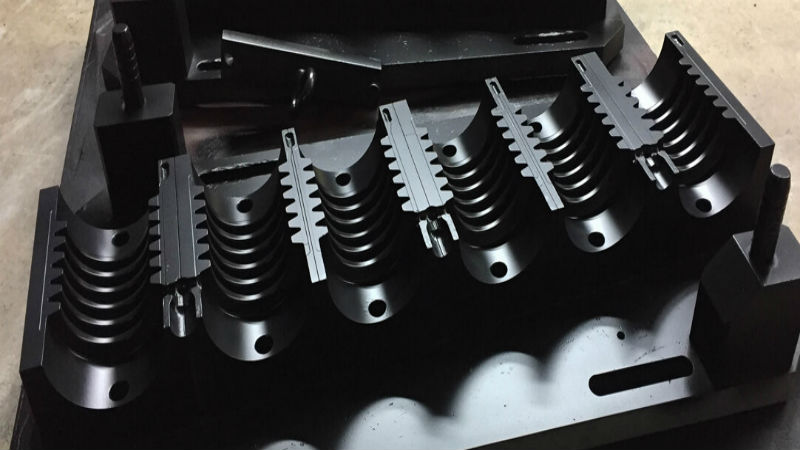Parts and components for everything from vehicle engines to food and beverage production systems typically go through some type of metal finishing process. This process is designed to create the desired surface on the metal, which increases resistance to corrosion, wear and tear, or adds to the hardness of the metal to resist abrasion and surface damage.
There are also aesthetic reasons to finish metal parts. Adding to the look of the part is essential for both visible parts in a system as well as for aftermarket parts or replacement parts. In most cases, the type of metal finishing selected has a practical aspect as well as adds to the overall visual look of the part.
For OEMs manufacturing parts and components in Georgia, choosing a company that provides anodizing for aluminum or other suitable metals and alloys is often the most cost-effective option to create a durable surface. The process can be completed on any type of nonferrous metal, which makes it practical for a wide range of different parts and components.
The Process
The process of anodizing involves placing the part in a bath that contains an acid electrolyte combination. A cathode is placed in the bath, and the part acts as the anode. An electrical current is added, causing the oxygen to leave the bath and attach to the surface of the metal.
This results in a surface that goes through a controlled type of oxidation process. Through anodizing, the surface is hardened without the need for a thick, heavy coating. Additionally, the film on the surface is bonded directly to the part, so it will not peel or flake.
In addition to increased hardness, Georgia OEMs can also choose this process to prime the part or component for future dyeing, allowing for color identification of parts and components.


